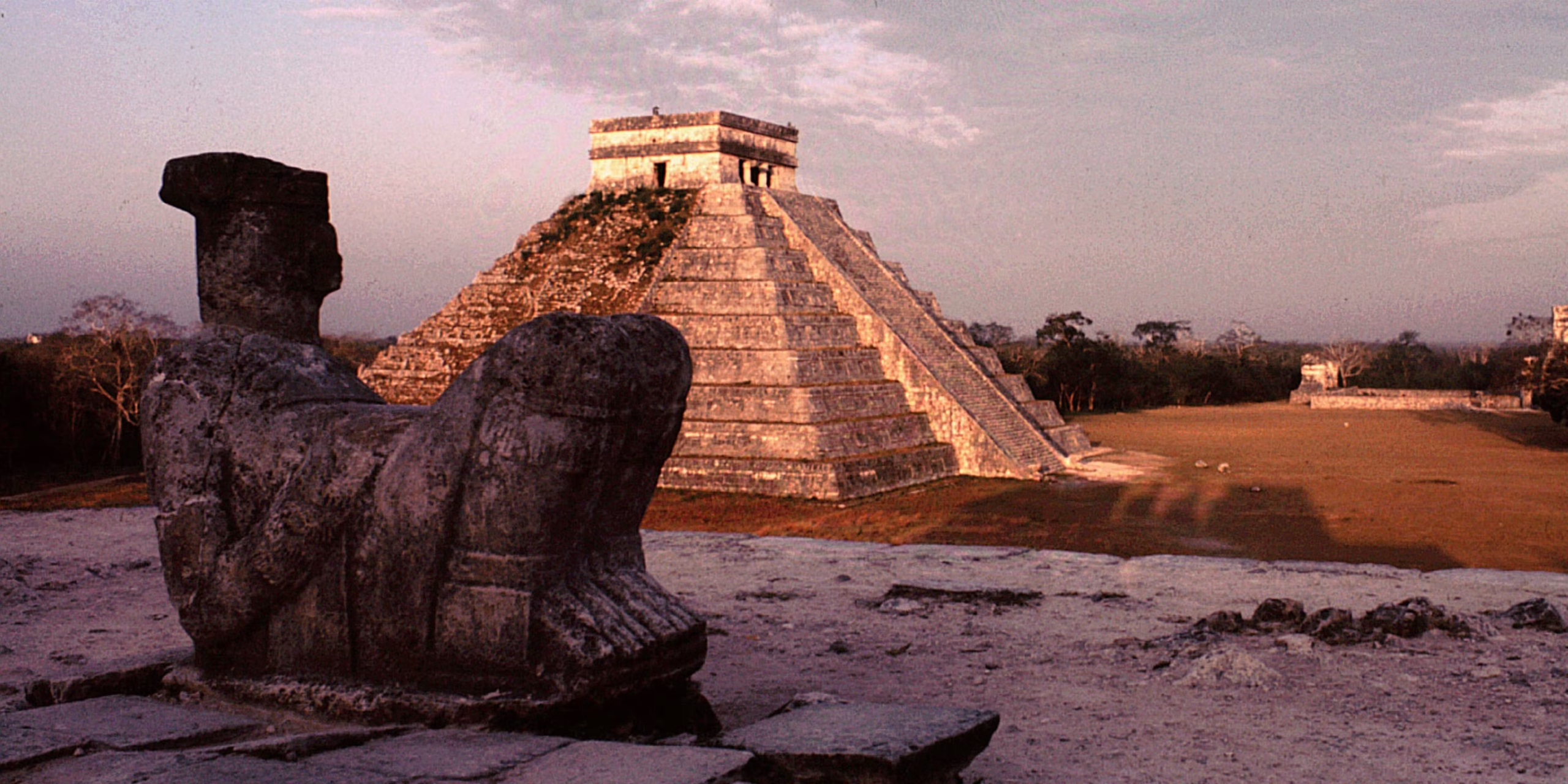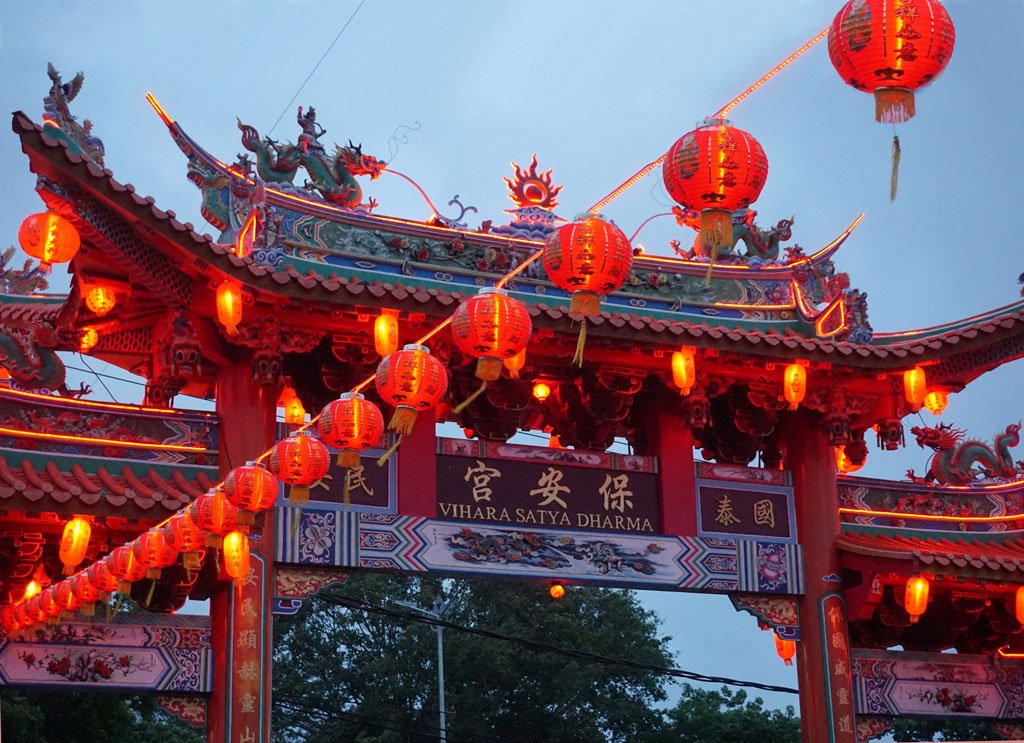The ancient Mayans were brilliant astronomers, architects, and mathematicians — but they were also deeply spiritual, and often brutal. One of the most shocking aspects of their civilization is their ceremonial sport: the Mesoamerican ball game or the mayan ball games, also known as Pok-ta-Pok (or Pitz in Classical Maya).
At first glance, it looks like an early form of soccer or basketball. But beneath the bouncing rubber ball and echoing stone courts lies something far darker.
This was not just a game.
It was a ritual battle. And sometimes, it ended in death.
🎮 What Was the Mayan Ball Game?
The ball game was played across Mesoamerica, from the Olmecs to the Aztecs, but the Mayans had one of the most sophisticated — and intense — versions.
Basic Gameplay:
- A rubber ball (up to 9 lbs) was used.
- Players could not use hands or feet — only hips, elbows, knees, and sometimes paddles.
- The goal was to get the ball through a vertical stone ring on the side wall (added later in history).
- Games could last hours, even days.
The largest court discovered is in Chichén Itzá, measuring over 545 feet long. Its walls are adorned with graphic stone carvings of decapitation, strongly suggesting that the game’s stakes were not just symbolic.
⚔️ The Ball Game as a Ritual Battle
What made Pok-ta-Pok different from modern sports was its religious and cosmological significance.
Here’s what we know:
- The game was symbolic of the cosmic struggle between life and death, darkness and light, and order and chaos.
- It was often used to reenact mythological events, including battles between gods.
- Prisoners of war or captives were frequently forced to play.
- Losers — and sometimes winners — were sacrificed to the gods.
In some versions of the myth, the winning captain was beheaded as an honor — a spiritual elevation to join the gods.
🩸 Human Sacrifice: Fact or Myth?
While some scholars once believed the sacrificial element was exaggerated, archaeological and iconographic evidence now strongly supports it.
Evidence includes:
- Stone carvings at Chichén Itzá show a player holding a decapitated head, with blood depicted as serpents.
- Inscriptions on temples describe the game as offering life force to the gods.
- Skeletons found near ball courts bear signs of ritual killing, including decapitation and heart extraction.
- The Popol Vuh, the Mayan sacred text, describes mythological ball games in the underworld, Xibalba, where defeat meant death.
🌀 Spiritual Significance
For the Mayans, the ball game was not entertainment — it was a cosmic drama, reflecting:
- The path of the sun across the sky
- The struggle between good and evil
- The journey of the soul through death and rebirth
The ball court itself was seen as a portal between worlds, with many courts aligned astronomically. Playing or watching the game was a form of spiritual participation.
📌 Long-Tail Keywords Used:
- Mayan ball game human sacrifice rituals
- what was Pok-ta-Pok and how was it played
- deadly ancient sports in Mesoamerica
- did Mayans kill players after the ball game
- spiritual meaning of Mayan ball courts
💀 Was It Always Deadly?
Not all games ended in death. In some cases, friendly matches were held for diplomacy or celebration. But the major ritual games, especially those involving kings, warriors, or prisoners, had life-or-death consequences.
Even when death wasn’t literal, the psychological and spiritual intensity of the game was unmatched. Losing might mean slavery, humiliation, or sacrifice — not just a bad season.
🎯 Final Thoughts: Sport, Religion, and Blood
The Mayan ball game was far more than a physical contest. It was:
- A ritual offering to the gods
- A reenactment of creation myths
- A social and political performance
- And sometimes, a public execution
In Mayan culture, death was not an end, but a transformation — and the ball court was where that transformation was played out in blood and sweat.
Understanding the deadly nature of Pok-ta-Pok changes how we view ancient sports — and reminds us how thin the line between entertainment and sacrifice was in early civilizations.







